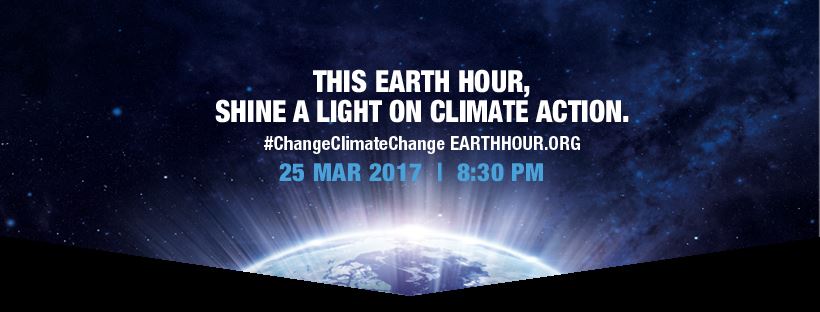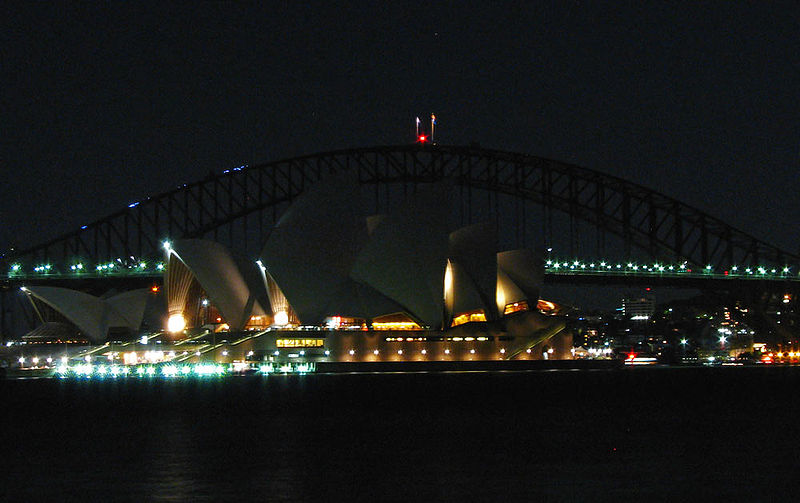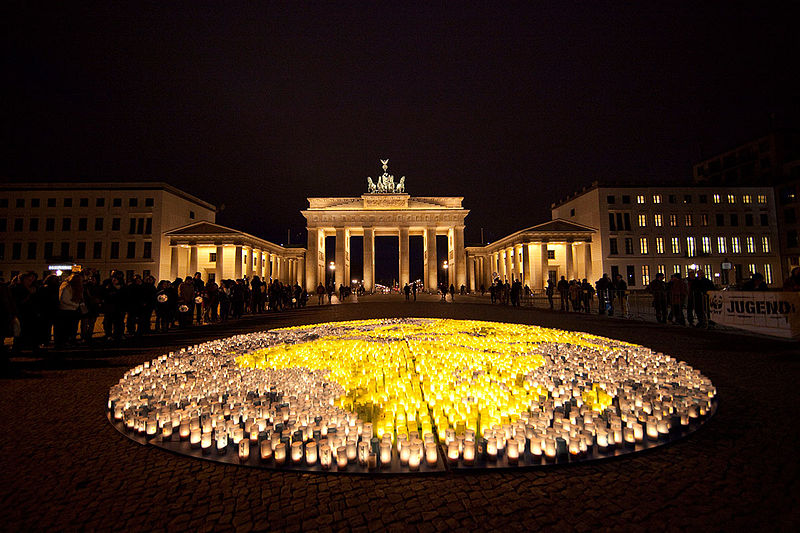
Always wanted to help fight climate change? Then join the Earth Hour party on Saturday, March 25 by turning off all lights from 8:30 — 9:30 PM local time. This small action, taken by hundreds of millions of people around the world, will make a dent in our efforts to reverse global warming. More importantly, it will demonstrate what can be achieved if we all unite to protect our planet.
Earth Hour was started by the Australian chapter of the World Wildlife Organization (WWF). In 2007, the nonprofit asked residents and business owners in Sydney to turn off all lights and non-essential devices for one hour. Over 2 million households and 2,100 businesses accepted the challenge. This simple act resulted in saving 10% of the electricity (the equivalent of carbon dioxide emitted by 48,000 cars) consumed by the city’s residents during a regular evening hour. In October 2007, San Francisco, CA staged its own hour-long “Lights Out” event. The success of the two grassroots efforts inspired people all around the world to participate, and Earth Hour became an annual global tradition.

In 2016, an unprecedented 178 countries and territories observed Earth Hour. Millions of households and businesses, as well as over 400 iconic landmarks, including Sydney’s Opera House, New York’s Empire State Building, and San Francisco’s Golden Gate Bridge, participated in the event.
Held in mid-to-late March, the annual event is timed to coincide as closely as possible with the spring and autumn equinoxes — one of only two times of the year when the Northern and Southern hemispheres experience sunset simultaneously. This ensures optimal visual impact, resulting in stunning images when the usually glimmering city skylines go dark.

While switching off lights and unessential devices does result in some energy savings and reduction in carbon dioxide levels, that is not the only motive of Earth Hour. The purpose of the initiative is to encourage individuals, businesses, and governments around the world to become more conscious of their ecological footprint and engage in dialogue to seek real solutions to our growing environmental challenges.
WWF officials say the event has triggered several environmental programs. These include the establishment of an 8.4 million acre Marine Protected Area in Argentina, the distribution of thousands of wood-saving stoves to families in Madagascar, and a successful campaign to extend a logging moratorium in Paraguay to reduce deforestation.

This year, in honor of the movement’s 10th anniversary, the WWF is recognizing the “superheroes” who have taken Earth Hour’s mission to protect the planet to the next level. Among them is Alan Bessen, who successfully led a campaign to establish a “National Day of forest planting” in his home country of Kazakhstan. Eddy, a 21-year-old, who has been observing Earth Hour since 2010, has mobilized thousands of locals in the Dominican Republic to take action on climate change by making more conscious decisions. These include small actions like turning off unnecessary lights, using recyclable bags, or even selecting wood pencils over plastic ones.
Not sure how to spend the hour? WWF suggests a candlelight dinner or a picnic under the stars with your family. If that is too tame for you then how about a late night hike or bike ride? You can even go camping and turn the event into an Earth “Night.” For more ideas or to sign up for the fun event, go to earthhour.org. Remember, we have only one planet – so let’s try to protect it the best we can.
Resources: Earthhour.org.wikipedia.org